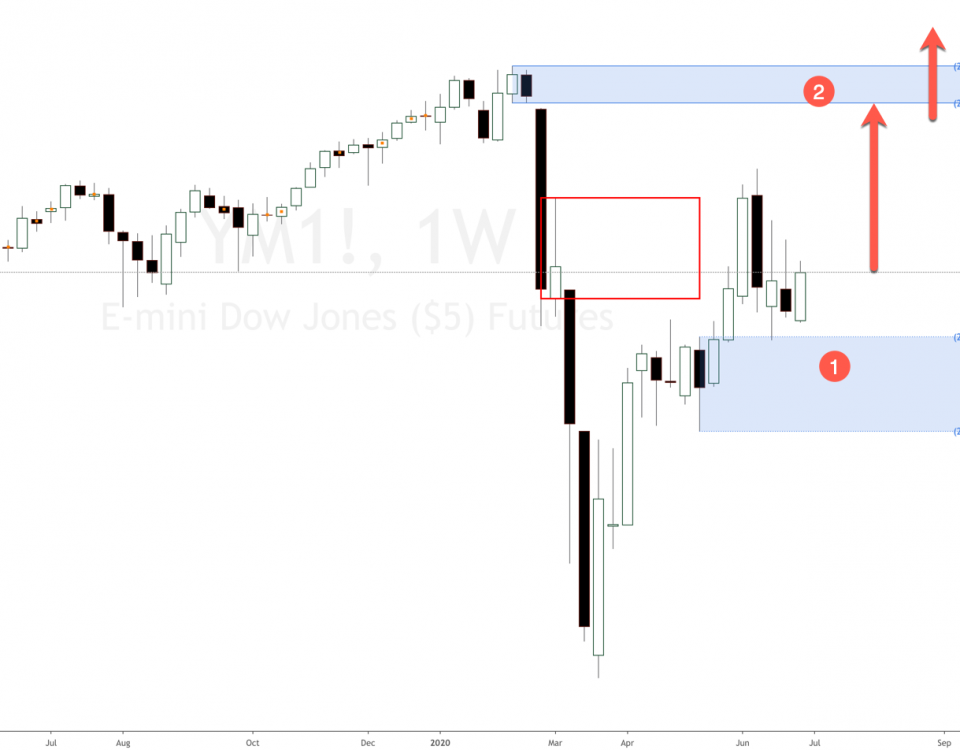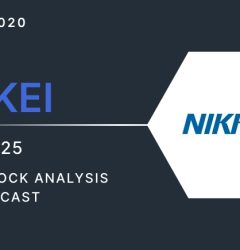08 Jul

Dow Jones E-mini is an electronically traded futures contract representing a portion of standard DJIA futures; E-mini Dow futures offer an accessible alternative to manage exposure to the U.S. stock market. Based on the Dow Jones Industrial Average, E-mini Dow futures offer exposure to the 30 U.S. blue-chip companies represented in the stock index.
Dow Jones #YM forecast
As predicted a few days ago, we expected Dow Jones to pull back to a weekly demand imbalance, and so it did. See below previous Dow Jones analysis and forecast below.
Now see the updated analysis for Dow Jones e-mini futures, a very similar asset. Price pulled back to weekly demand imbalance and rallied strongly with a lot of room to reach weekly supply around 28850.
As supply and demand traders, we can only think of going long on Dow Jones. You can trade Dow Jones with smaller timeframes and other stock and futures trading strategies.

Dow Jones futures price action analysis
This is the kind of price action technical analysis you will learn in our trading community. You will learn how to locate new supply and demand imbalances and trade without using any indicators, no news, no fundamental analysis, no earnings announcements, no volume or VSA analysis. Just supply and demand imbalances.
Trading supply and demand imbalances is ideal for beginners and those with a full or half time job, you won’t need to stay in front of the computer all day long trying to move price action with your mind.
#DIA and #YM forecast
As supply and demand traders, we do not need to pay attention to the Dow Jones fundamentals fundamental analysis. Once a big timeframe imbalance has gained control, earnings do just the opposite and react strongly to those imbalances. Why is it that you see positive earnings and then the underlying stock drops like a rock, or a negative earnings announcement and the stock rallies like a rocket out of control? You are probably missing the fact that there are big imbalances in gaining control.
You should not worry about fundamentals or earnings announcements unless you are doing very short-term trading and scalping.
You can use these imbalances to plan your trades in lower timeframes. Trading is just waiting for the right trigger points and scenarios to present themselves, this game has got a name and it’s called the waiting game. We need to patiently wait for the correct scenarios and setups to happen and wait for the price to pull back or dip into the price levels we want to trade, in our case these price levels are made of supply and demand imbalances.
Join our supply and demand stock trading course to learn how to use our supply and demand trading strategy.
There are several ways of buying stocks and futures. When trading stocks, you can buy shares of the underlying stock or use options strategies to go long or short at these specific supply and demand levels, long calls or long puts or spreads. You can even buy a CFD (contracts for difference) if you are in a country where it’s allowed.








